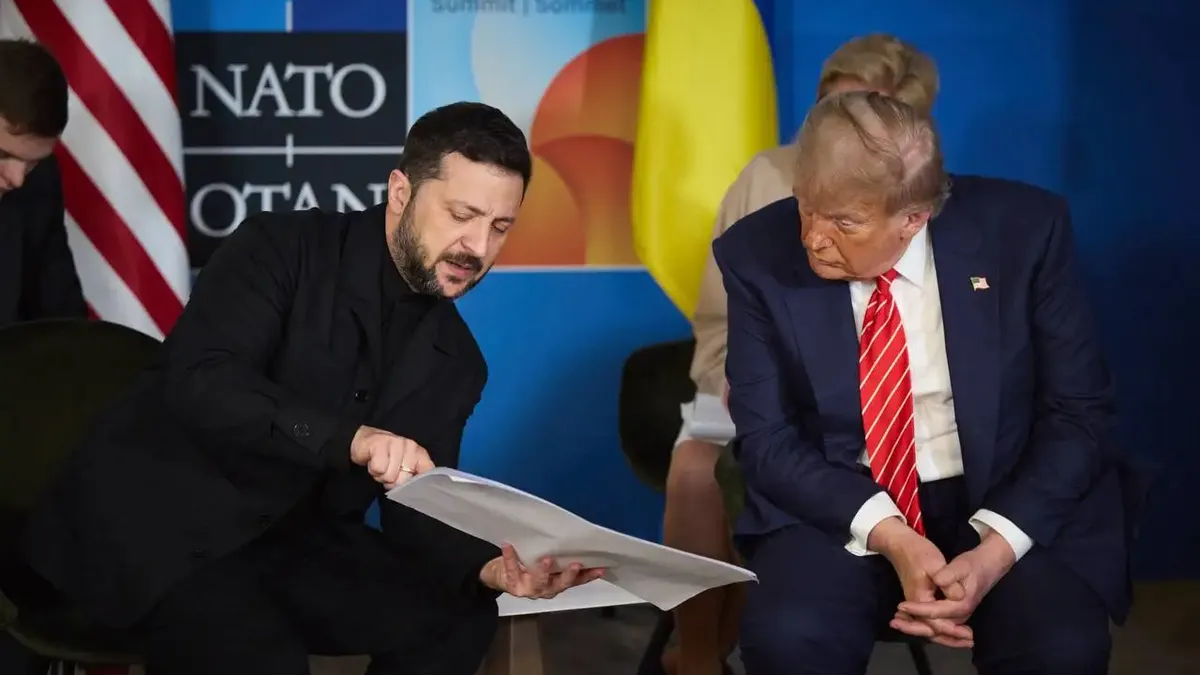In a critical diplomatic engagement under intense international scrutiny, Ukrainian President Volodymyr Zelenskyy met with U.S. President Donald Trump at the White House alongside key European leaders on August 18, 2025. The meeting unfolded amid heightened tensions as Ukraine seeks security assurances to fend off ongoing Russian aggression, while the United States signals a shift in policy that could reshape the conflict’s trajectory.
Zelenskyy arrived in Washington with a delegation of European allies including German Chancellor Friedrich Merz, UK Prime Minister Keir Starmer, French President Emmanuel Macron, and European Commission President Ursula von der Leyen. This united front underscored Europe’s strong support for Ukraine’s sovereignty and resistance to Russian incursions.
Despite European backing, President Trump’s stance during the meeting raised concerns in Kyiv and among Western partners. Trump reportedly urged Zelenskyy to forgo efforts to reclaim the Crimean Peninsula, annexed by Russia in 2014, and cautioned against Ukraine’s aspirations to join NATO. These positions signal a potential recalibration of U.S. policy that may weaken traditional security guarantees and embolden Moscow.
The meeting followed Trump’s recent summit with Russian President Vladimir Putin in Alaska, where no ceasefire was reached but discussions hinted at potential land swaps as part of a broader peace agreement. Analysts view Trump’s advice to Zelenskyy as an extension of that approach, pressing Ukraine to concede territory to end hostilities swiftly.
Zelenskyy remained defiant, emphasizing that “Russia must end this war it started,” and asserting Ukraine’s unwavering commitment to defend its independence. The President called for a collective effort among the U.S., Europe, and Ukraine to push Russia toward genuine peace.
Meanwhile, Russia maintained its offensive on Ukrainian cities, intensifying air strikes even as diplomatic talks proceeded. The divergent views between Trump and European leaders reflect a complex landscape of alliances and competing priorities, complicating a unified Western response.
This high-stakes summit illuminated the fragile state of transatlantic relations, with European leaders warning that any weakening of NATO’s deterrence could bolster Russian aggression. As the conflict continues, the outcome of these discussions will play a crucial role in shaping Eastern Europe’s security architecture and the future of Ukraine’s sovereignty.
More than news- Its Icegate

